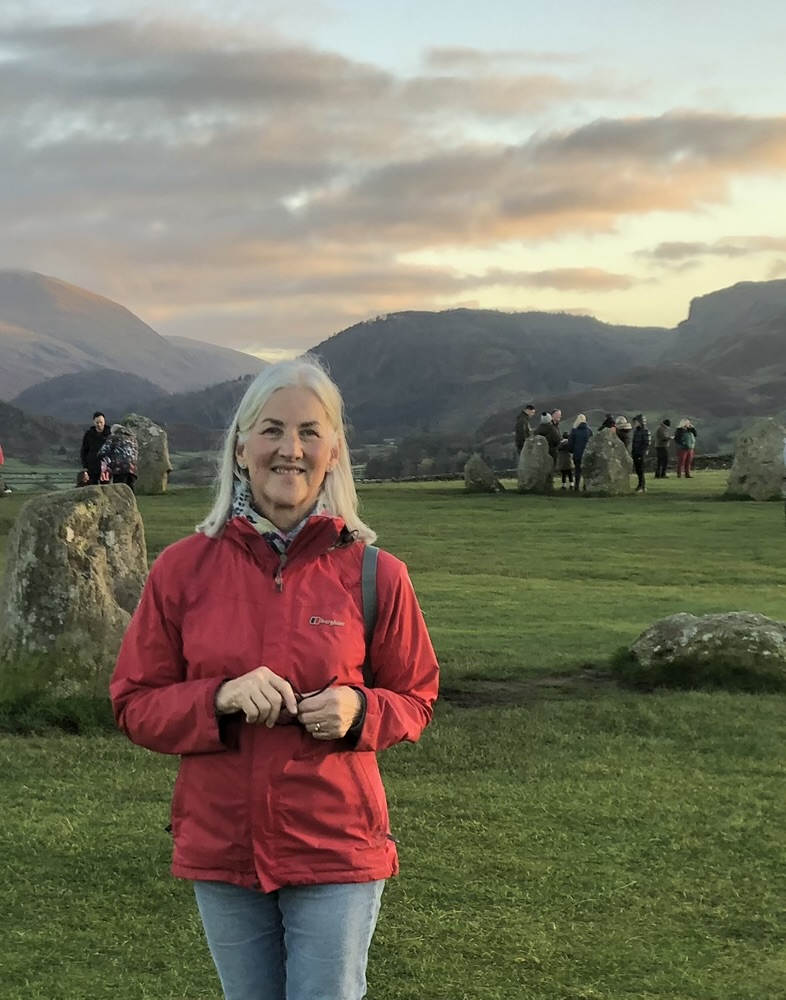Deborah Russell
d.russell.3@research.gla.ac.uk
Research title: ‘Out of sight: in search of the Neolithic and Early Bronze Age in Caithness’
Research Summary
Research question: What effects did developments taking place across Britain and Ireland, including the movement of people from Continental Europe, contribute to the period 3500 BC - 1500 BC in Caithness?
Networks involving the movement of people, ideas and objects on both a local and regional scale underpinned Neolithic life in the British Isles. By 3500 BC, farming had been in existence for c.500 years and the transition from the hunter-gatherer lifestyle to a more sedentary one was largely realised. From c.3200-2450 BC, a web of communities across Britain and Ireland is distinguishable by the use of flat-based Grooved Ware, the construction of ceremonial monuments and shared beliefs and practices.
Around 2450 BC, another new complex from Continental Europe appeared in Britain and Ireland, the Beaker phenomenon, bringing with it the knowledge and skills of metallurgy and metal working, and thereby revolutionising the production of tools, weaponry and adornments. Opinions vary as to the extent to which the social, economic and political restructuring seen across the British Isles in the Late Neolithic are attributable to its arrival and the timing and tempo of the changes does not appear to have been consistent across all regions.
The end of the Neolithic was, until recently, a somewhat neglected chapter of Scottish prehistory despite the increase in data and new interpretive approaches of recent decades. Where excavation has been undertaken, it has tended to concentrate on areas of extant archaeology, such as Orkney, or as rescue work ahead of commercial development, as seen in Inverness and Aberdeenshire. Academic research on specific elements of the social or economic culture of the period has also concentrated on specific areas, leaving considerable gaps in knowledge about other regions.
Caithness, despite being in close proximity to Orkney and sharing the same geological flagstone formations, has no impressive Neolithic megalithic structures apart from the chambered cairns, and its other early prehistoric monuments, such as the 'minilith' stone settings, have been overlooked. Little commercial development, and hence minimal related archaeological excavation, has taken place except for wind farms, plus considerable evidence is thought to be hidden under the extensive peat cover. Thus our knowledge about the Neolithic and Early Bronze Age in Caithness is both underinformed and skewed toward evidence from cairns.
Having compared the Neolithic-Early Bronze Age transition in the Northern and Western Isles for my Master's dissertation, my curiosity was piqued by the lack of information about what was happening in Caithness at this time, despite it being visible across the Pentland Firth from Orkney. The early prehistory of this most northerly point of the British mainland deserves more attention and so my research will address the following issues in an attempt to fill in some of the gaps in our knowledge:
- What evidence do we have for human activity in Caithness between 3500 BC and 1500 BC?
- How did this change during the period?
- To what extent did this differ from adjacent regions, particularly Orkney?
- How has our understanding of this time (3500-1500 BC) and place (Caithness) changed in recent decades?
Supervisors
Teaching
Graduate Teaching Assistant/Tutor : Archaeology of Scotland; Archaeology in the Modern World
Additional Information
Fellow of the Society of Antiquaries of Scotland
CiFA
Secretary of Edinburgh Archaeological Field Society (www.eafs.org.uk)
Member of the Neolithic Studies Group; First Millennia Studies Group; Orkney Archaeology Society; North of Scotland Archaeological Society; The Yorkshire Archaeological & Historical Society Prehistoric Research Section.
2023:Member of a joint British-New Zealand team working in Rarotonga, Cook Islands, undertaking excavations to investigate the front of one of the original marae and any stratigraphic link to the adjacent ancient road, the Ara Metua.
Ref: Mathew Campbell, Jane Downes, Brendan Kneebone, Colin Richards, Deborah Russell & Kate Welham, Excavations at the Ara Metua (Ara Nui o Toi) and Arai te Tonga, Rarotonga, Preliminary Report June 2023.


